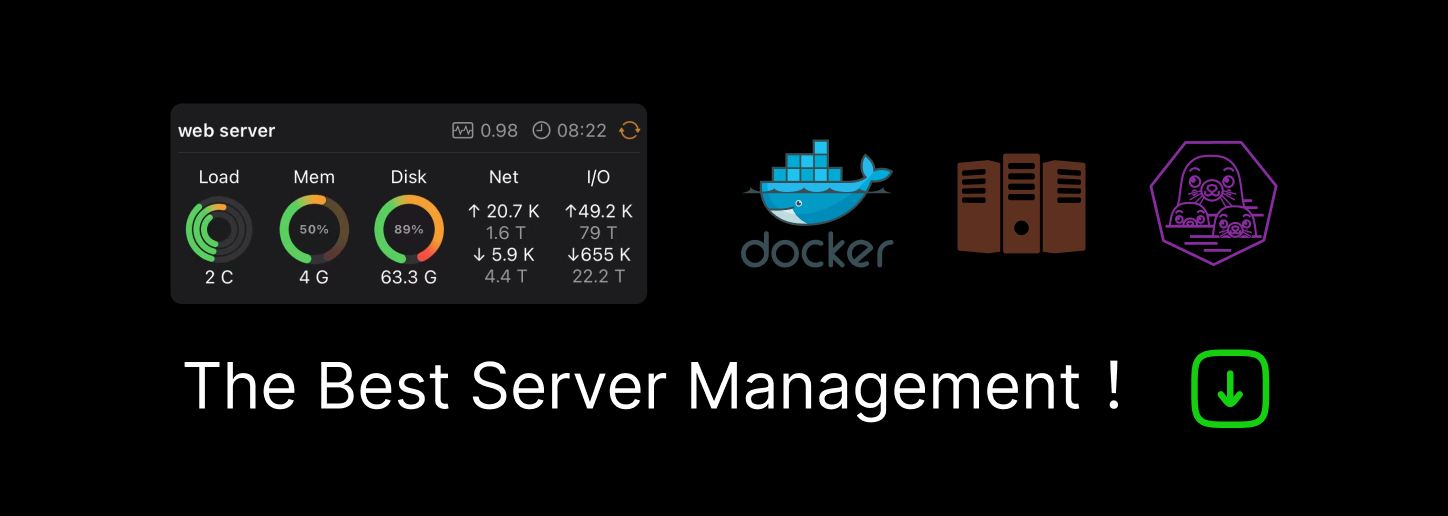

How To Retrieve A Certificate From Azure Key Vault Via PowerShell
source link: https://thomasrayner.ca/how-to-retrieve-a-certificate-from-azure-key-vault-via-powershell/
Go to the source link to view the article. You can view the picture content, updated content and better typesetting reading experience. If the link is broken, please click the button below to view the snapshot at that time.

How To Retrieve A Certificate From Azure Key Vault Via PowerShell
So, you’ve got a certificate stored in Azure Key Vault that you want to download with PowerShell and use on a computer, or some hosted service. How do you get it and actually use it? Well, here, I’ll show you.
First, you’ve got to have the Azure PowerShell tools installed and be logged into Azure (or be running in a way where you’re already authenticated, like in Azure Automation).
Install-Module -Name AzureRm -Repository PSGallery -Scope CurrentUser -Force
Import-Module AzureRm
Login-AzureRmAccount
Next, it’s time to download the certificate. There are some Azure Key Vault cmdlets built in which, helpfully, do not follow the standard AzureRm naming scheme.
$cert = Get-AzureKeyVaultSecret -VaultName 'My-Vault' -Name 'My-Cert'
Now, we have to convert the SecretValueText property to a certificate.
$certBytes = [System.Convert]::FromBase64String($cert.SecretValueText)
$certCollection = New-Object System.Security.Cryptography.X509Certificates.X509Certificate2Collection
$certCollection.Import($certBytes,$null,[System.Security.Cryptography.X509Certificates.X509KeyStorageFlags]::Exportable)
We can convert the SecretValueText to bytes, and use the X509Certificate2Collection class to convert those bytes to a certificate.
Next, we want to write the certificate to a pfx file on a disk somewhere (preferably to a temp location you can clean up later in the script).
$protectedCertificateBytes = $certCollection.Export([System.Security.Cryptography.X509Certificates.X509ContentType]::Pkcs12, $password)
$pfxPath = "D:\a\1\temp\ThomasRayner-export.pfx"
[System.IO.File]::WriteAllBytes($pfxPath, $protectedCertificateBytes)
The first line here exports the certificate and protects it with a password, but where did that come from?! Then it writes the protected bytes to a path on the file system.
So where did that password come from? I’m actually storing that in the Azure Key Vault, too.
$password = (Get-AzureKeyVaultSecret -VaultName 'My-Vault' -Name 'My-PW').SecretValueText
$secure = ConvertTo-SecureString -String $password -AsPlainText -Force
Now, I can either refer to that pfx file, or I can import it like this.
Import-PfxCertificate -FilePath "D:\a\1\temp\ThomasRayner-export.pfx" Cert:\CurrentUser\My -Password $secure
Make sure you clean up your certs after you’re done!
Recommend
-
 33
33
With the help of a specifically crafted YARA rule developed by NVISO analysts, we found multiple certificate files (.crt) that do not contain a certificate, but instead a malicious PowerShell script. In this blog post, we...
-
 14
14
Using Azure RBAC with Azure Key Vault Posted on: 24-09-2020
-
 11
11
ASP.NET Core Data Protection with Azure Key Vault and Azure Storage Posted on: 14-03-2020
-
 50
50
How to Retrieve an Azure AD Bulk Token with PowerShell How to Retrieve an Azure AD Bulk Token with PowerShell
-
 5
5
Connect to the Security and Compliance Center PowerShell via Certificate-based authentication After a long, long wait, and few
-
 8
8
Use Power Automate to Retrieve Data from an Azure Function for Reporting In a previ...
-
 8
8
Martin Pankraz December 2, 2022 5 minute read...
-
 8
8
Retrieve a File from Azure Blob Storage with an Azure Function By: Koen Verbeeck | Updated: 2023-01-3...
-
 4
4
Certificate-based authentication for Exchange Online Remote PowerShell Posted on
-
 6
6
About Joyk
Aggregate valuable and interesting links.
Joyk means Joy of geeK